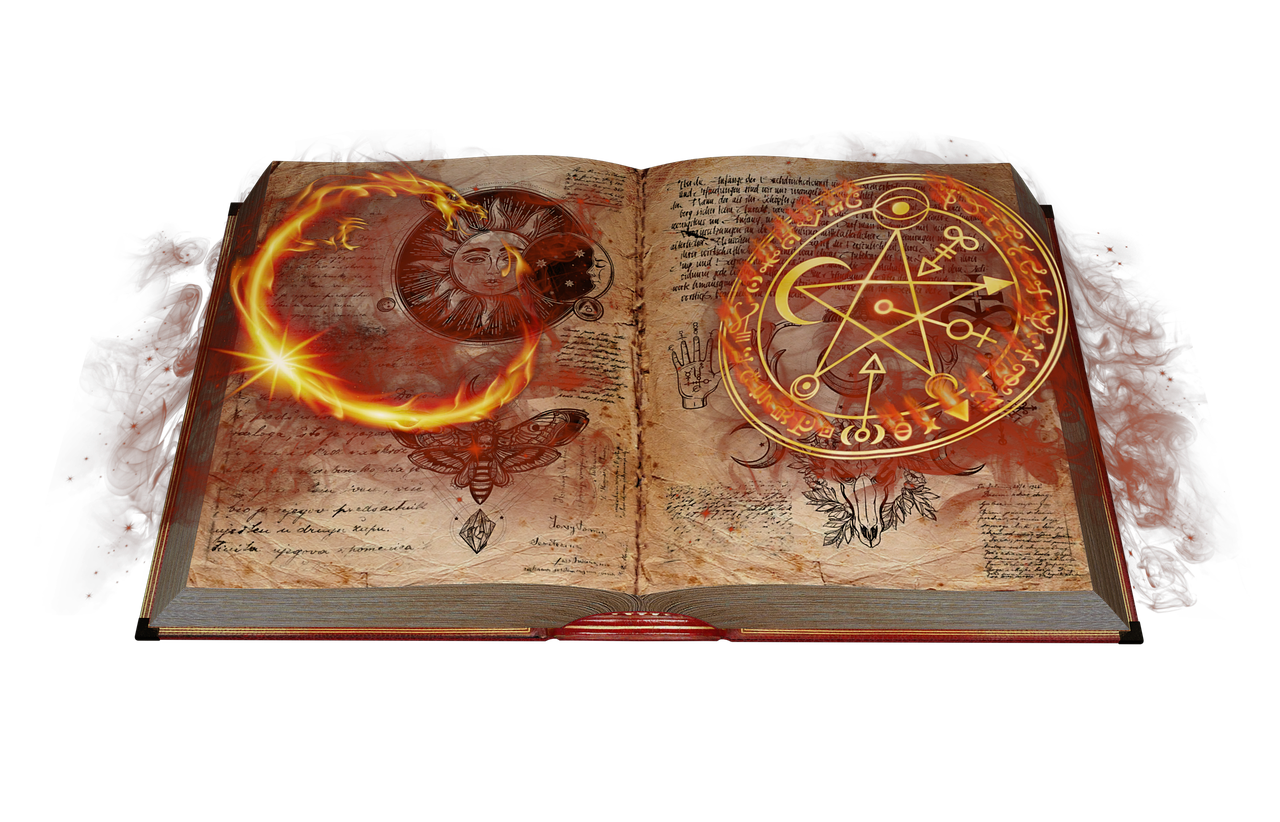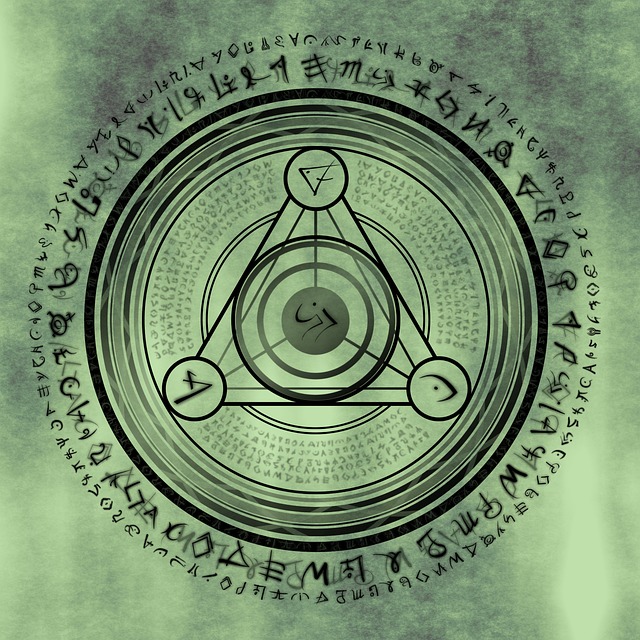High Magic
An excerpt from Ars Magica by Hermione Granger
High Magic - often called 'structured magic' by scholars (though this is only partially correct) is accessed and performed by specific rote or ritual using a focus or channel such as a rod, staff, or (most commonly) a wand.
Our only limit is in our will, which is shaped by our understanding and our knowledge.
“Magic's just science that we don't understand yet.”
High Magic - often called 'structured magic' by scholars (though this is only partially correct) is accessed and performed by specific rote or ritual using a focus or channel such as a rod, staff, or (most commonly) a wand.
Our only limit is in our will, which is shaped by our understanding and our knowledge.
The Unifying Magic
High Magic is the only branch of magic that all magicians can use and learn - and some of that is the nature of High Magic and some of it is the nature of magic itself, and the The Magic of Intention & Circumstance. It is the easiest to learn because it is taught (and learned) by the use of rote. The memorization and mastery of spells, cause and effect, and a psuedo-scientific application of rules and formula. High Magic is a systemic and rote based approach to magic. It is mastered by understanding the system and rules applied to that magic. It is a codified system of cause and effect, and the spells, rotes, and rules of High Magic are designed to focus the mind of the magician into both the creation and focus of intent in order to produce a specific effect.The Tools of High Magic
The following are the tools witches and wizards use to perform high magic.Rod, Staff, and Wand
These are the tools of casting magic. Magic itself is a powerful, deep force - primordial and elemental, and to access it and channel it, we need tools. Without the tool, the focus of the magic relied purely on intent. The focus allows the magic to be focused. Rods, staves, and wands all have components from magical plants, animals, and materials that focus magic and concentrate it. The wand is the most common tool. Unlike rods or staves, a wand does not increase the power of a spell, and is best for precision casting, control of spells, and fast casting. It is the most ubiquitous and useful tool of witchcraft and wizardry, and easily the most personal thing a witch or wizard can own. There is an entire school of magic that is closer to being a magical philosophy that discusses Wand Lore, but it is something for later discussion. Staves are the next most common tool. They are capable of increasing the power of spells - sometimes greatly - but have no precision and offer a wizard very little control over their magic. Intent becomes amplified, and circumstance affects spells cast with a staff far more than any other tool. They can provide great power, but the effect of a spell cast with a staff is hard to control, harder to predict, and almost impossible to manage once a spell begins. There are also some spells that cannot be cast with a staff, though that list is very short. Rods are the most limited form of magical foci. Like staves, they amplify power, and like wands they allow control, but rods can only cast certain kinds of spells - and only the if they are carefully prepared. The difference between a wand and a rod is subtle, and has to do with one specific thing - a rod does not have a magical core, but uses runes and magical material on the outside as opposed to the inside.Potions
Potions are a complex subject. Magical ingredients are mixed with mundane ingredients in symbolic patterns designed to create a magical effect that can be used at a specific time, in a specific way. It is, in effect, a suspended spell that we are waiting to cast, and it is cast by using the potion - either consuming or applying it. Potions are powerful and versatile, and allow a witch or wizard to save magic, to apply magic to the world, to create effects for spells they cannot cast or do not know how to cast.Runes, Arithmancy & Divination
Arithmancy is a way to use a system of numbers and symbols to explain and understand the cause and effect nature of High Magic, while Runes can be used to enchant, or leave a magical effect on an object or place - a way to cast spells without casting, them, and to anchor spells in place. Divination, of course, tells the future. There are magical gifts of prophecy, and there are some who have the ability to read trends of the future using various tools of divination - however, as a magical discipline, it is very vague and not often useful.The Disciplines of High Magic
High Magic is broken up into Disciplines, or 'subjects' of magic. These subjects are often grouped together for ease of study. Disciplines are based on the similarity of effect and purpose, and similarity of use and approach.Spellcasting
These magics require spells and often a rod, staff or wand.- Transfiguration
- Charms
- Hexes (DADA)
- Jinxes (DADA)
- Curses (DADA)
- Countermagic (Abjuration)
- Enchantment (of objects)
- Enchantment (of people)
- Conjuration
Mind Magics
Magics that work through mental discipline alone, or are connected to those that use mental discipline alone.- Apparation
- Mind Magic (Legilimency, Occlumency)
Academic Magics
These are magics that fall into realms of academic study and interaction with the physical world.- Herbology
- Magizoology (Care of Magical Creatures)
- Arithmancy
- Ancient Runes Astronomy Divination
Complex Magics
These are magical disciplines that, while disciplines on their own, require knowledge of other disciplines to be effective.- Potions
- Healing
- Wards
The Singular Art
High Magic is the only magical discipline capable of conjuration - the creation of something from nothing. While most believe conjuration is the transfiguration of air, this is not true. While air can be transfigured, this does not conjure anything - conjuration, true conjuration is the literal use of magic to create a new permanent object. No state of matter is altered. New matter is created, in direct violation of the Law of Conservation of Energy - which is one of the more significant examples of magic not obeying the laws of physics. Conjuration is taught alongside transfiguration, but is a separate discipline.High Wizard
A High Witch or High Wizard, otherwise known as a Magister or Magus, is the highest rank given to witch or wizard who practices High Magic. In order to achieve this rank, a witch or wizard must be witnessed by three Magisters and prove their mastery of the following disciplines:- Charms
- Jinxes
- Hexes
- Countermagic (Abjuration)
- Invocations/Evocations
- Theurgy (Rituals)
- Transfiguration
- Arithmancy
- Ancient Runes
- Astronomy
- Healing Spells
- Enchantment
- Occlumency
- Legilimency
- Wards
- Herbology
- Potions
- Conjuration (only possible through High Magic)




Comments